Stream Building offers urban vision for Paris and beyond
Stream Building by PCA-Stream exemplifies its creator's vision for the future of cities – in Paris, and beyond
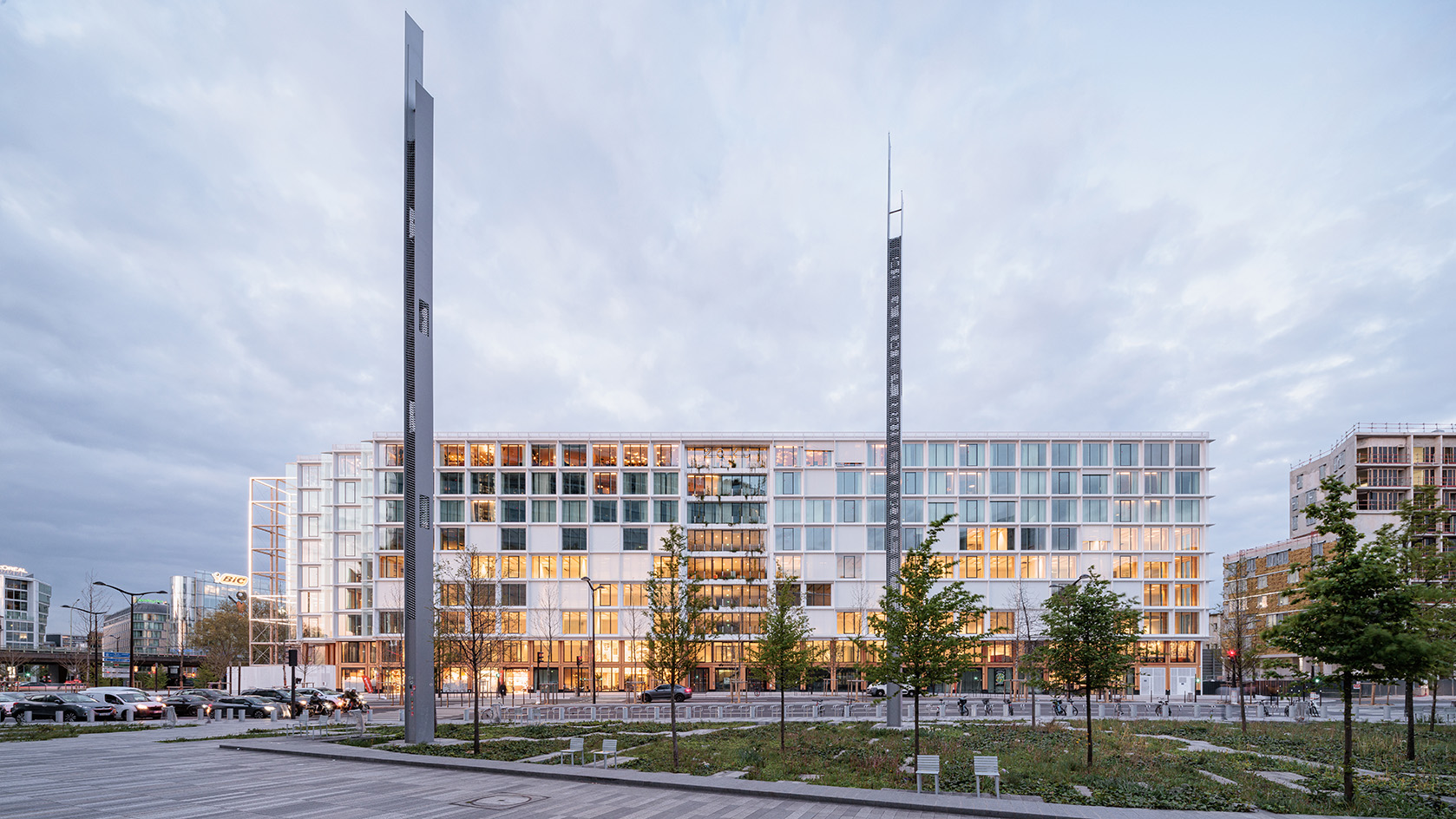
The Stream Building by PCA-Stream opens today (31 May 2023) in Paris, bringing with it a vision for urban design for the 21st century. It is a mixed-used structure based on sustainable architecture principles, housing office and commercial activities – the outcome of almost 15 years of studies by the studio's research arm, Stream Lab.
'What makes the Stream Building different is precisely that it is not just an office building,' says Philippe Chiambaretta, the Parisian studio's founder. 'The building is a mixed-use laboratory that stitches the city together. It brings together, under the same roof, all the activities of a mixed and dense urban life, in the spirit of the "15-minute city": offices, a hotel, four restaurants, a rooftop, two food halls. It offers a plural, hybrid and hospitable place, inspired by the mutations of contemporary lifestyles, and becomes a new place of life and resources for the inhabitants in a neighborhood that was cruelly lacking in amenities and services.'
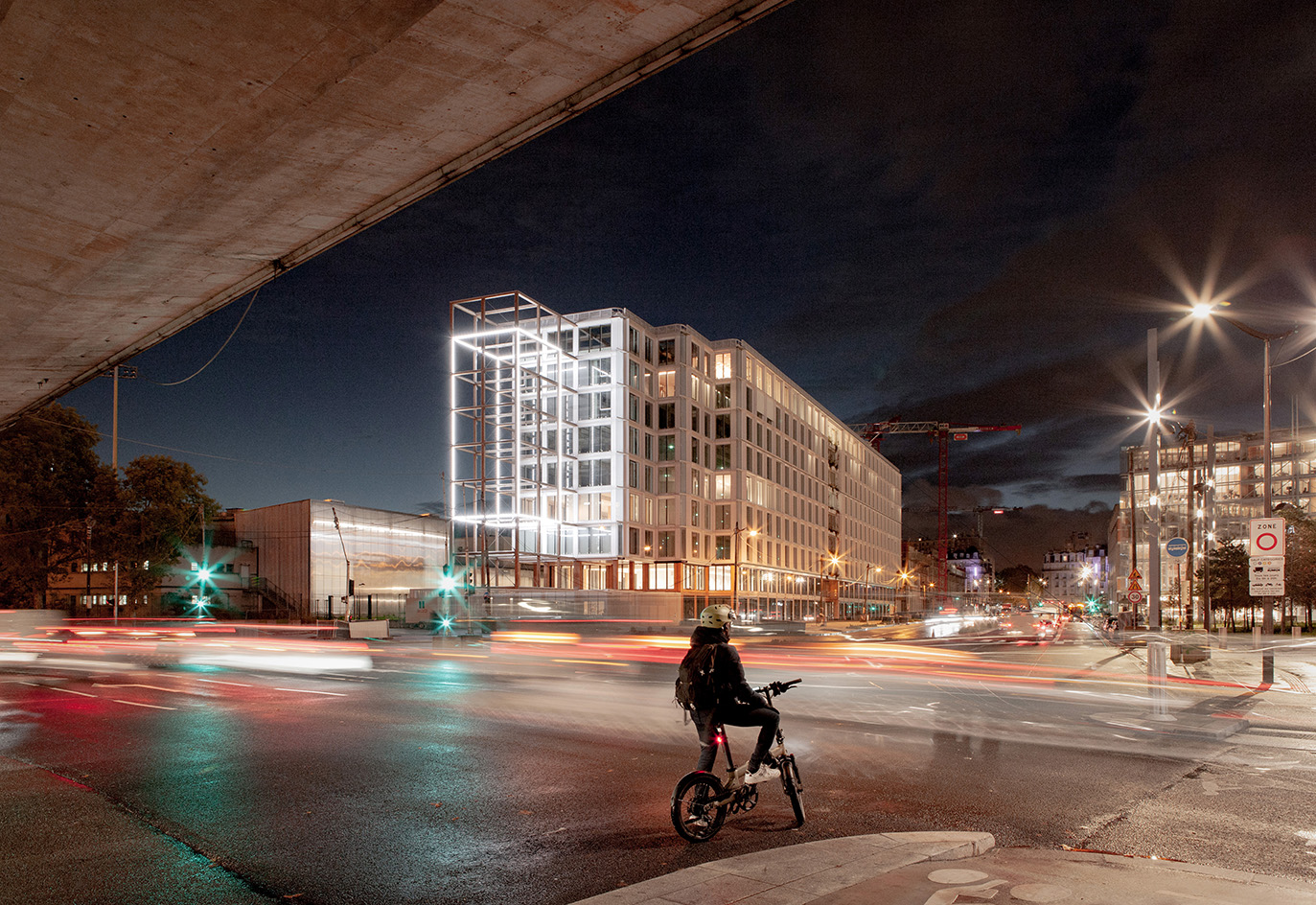
Stream Building: beyond an office building
Chiambaretta has just completed the project, which is situated in the heart of Paris' Clichy-Batignolles district. He sees it more as a manifesto than an example of workspace architecture. 'As an applied research building, it materialises over ten years of prospective thinking, notably carried out during issues 02 and 03 of the Stream magazine [the studio's in-house publication], focusing on new uses and challenges of the Anthropocene,' he explains.
'The prospective dialogue conducted by our research department with thinkers, researchers, artists, and urban actors reflects our conviction that architecture is not merely a formal game but should constantly question itself and explore major contemporary transformations, in a process symbolized by our “think/build” formula. Each research cycle thus takes shape in our buildings and urban projects. The result is a design based on the concept of metabolism and circular economy: the building is conceived as a productive organism that transforms its resources through synergistic relationships between its spaces.'
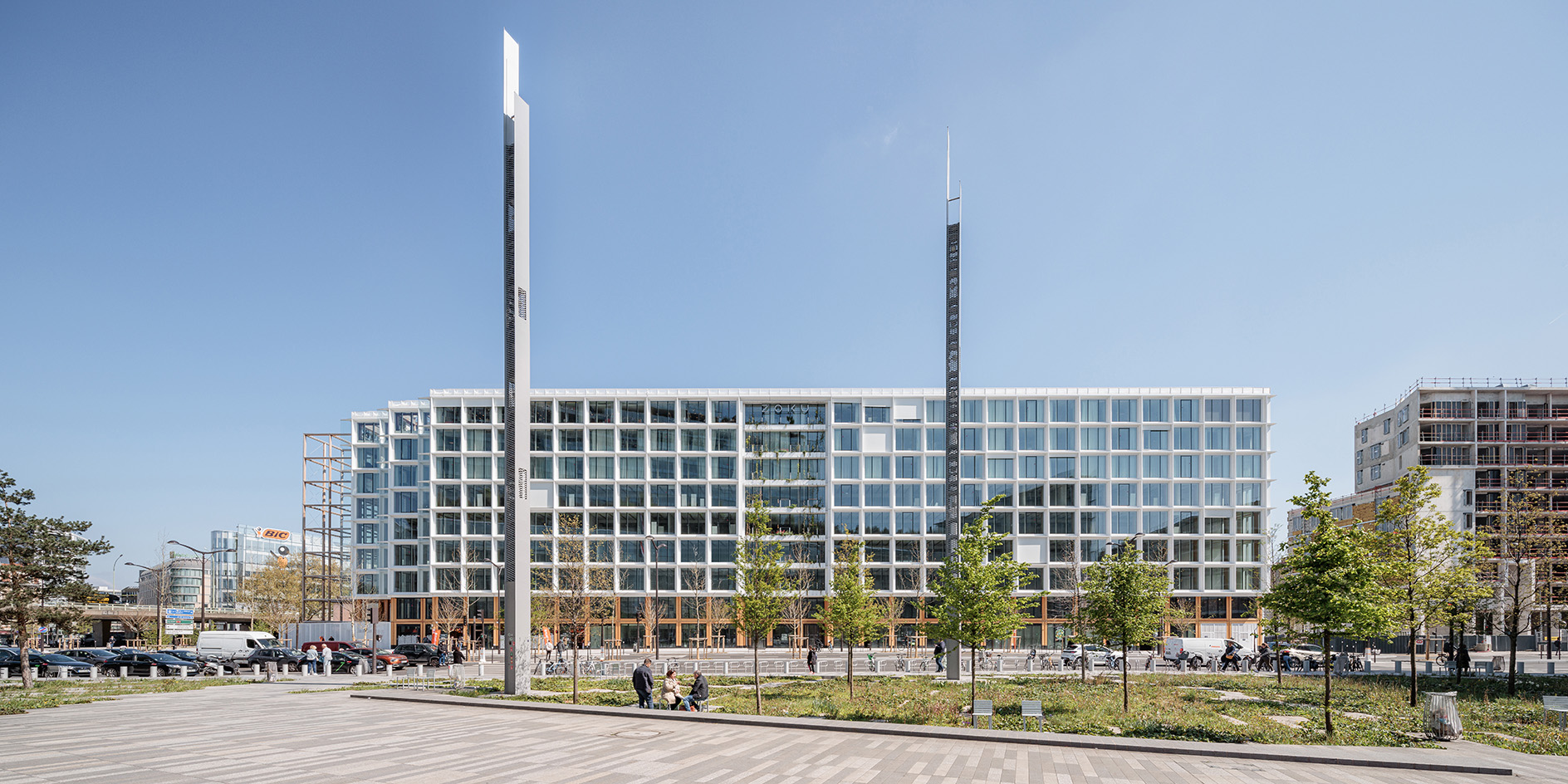
He continues: 'The framework has been designed so that the building's uses can change without major structural work: tomorrow, office floors can become a hotel, and vice versa. The building is, in a way, recyclable. The Stream Building is also a prototype of an innovative construction method. Its wood-concrete hybrid structure, aiming for carbon footprint optimisation, is complemented by an ambitious prefabrication system that allows for a fast construction process with minimal disruption. The experimental dimension of the Stream Building will be experienced over the long term: the building will be subject to an annual report for ten years, providing feedback on all the innovations implemented.'
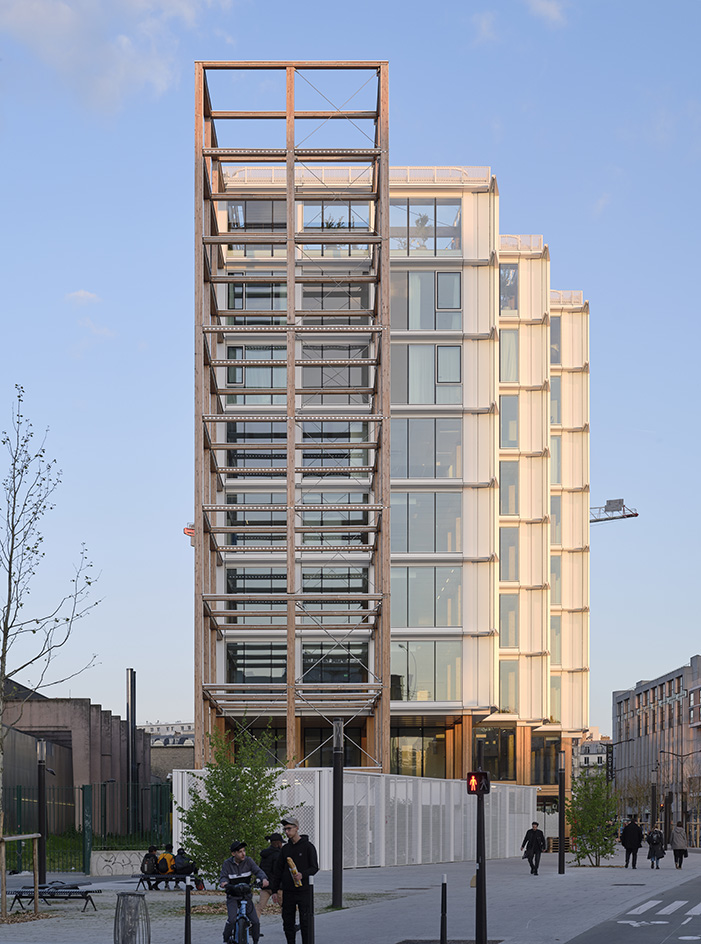
Sustainability sits at the heart of the design
Even though it is located in an urban setting, in one of the world's contemporary metropoles, it remains in constant dialogue with nature. It features a productive roof, designed around the principle of agrivoltaics: nearly 400 sq m of photovoltaic panels combined with over 300 sq m of urban agriculture. There are no chemicals in use and the year-round garden provides ingredients for the chefs in the building's restaurants. It also helps absorb rainwater and regulate temperatures in the building and wider area. It acts as a biodiversity corridor for wildlife and feeds a micro-brewery in the basement, whose results are consumed in the building's hospitality offerings. Organic matter that is not used throughout the building's functions, goes into a composter that recycles it to feed the cultures on the roof.

The structure itself is linear and fittingly streamlined, all clean lines and grid-inspired façades. A light piece by artist Pablo Valbuena is incorporated within the exterior's crisp grid. It explores 'the modular system of the Stream Building using time and light as material', in the words of the artist. The work runs on energy produced by the building's solar panels.
Receive our daily digest of inspiration, escapism and design stories from around the world direct to your inbox.
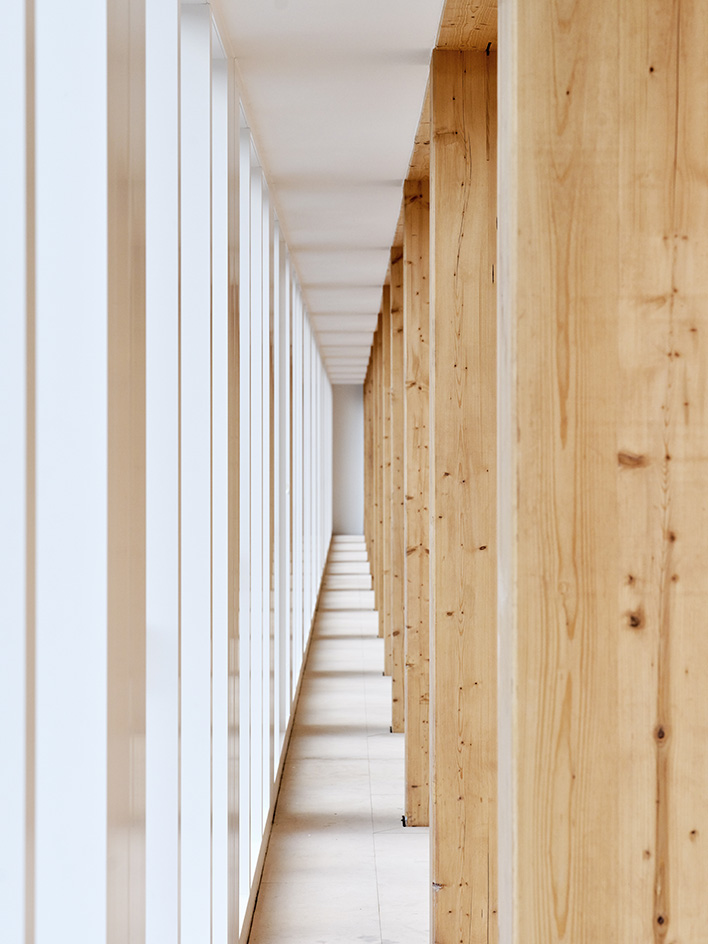
Stream Building: its future
Providing a sustainable, focal point for the area and numerous activities for locals as well as users coming from further afield, the Stream Building promises to become a vital hub of activity for its neighbourhood. As to whether there will be more Stream Buildings in the future, and elsewhere in the world? 'Who knows if there will ever be a Stream Building in London? In any case, one thing is certain: this approach combining mixed use, formal simplicity, material efficiency and reversibility appears to be essential in our current urban context,' says Chiambaretta.
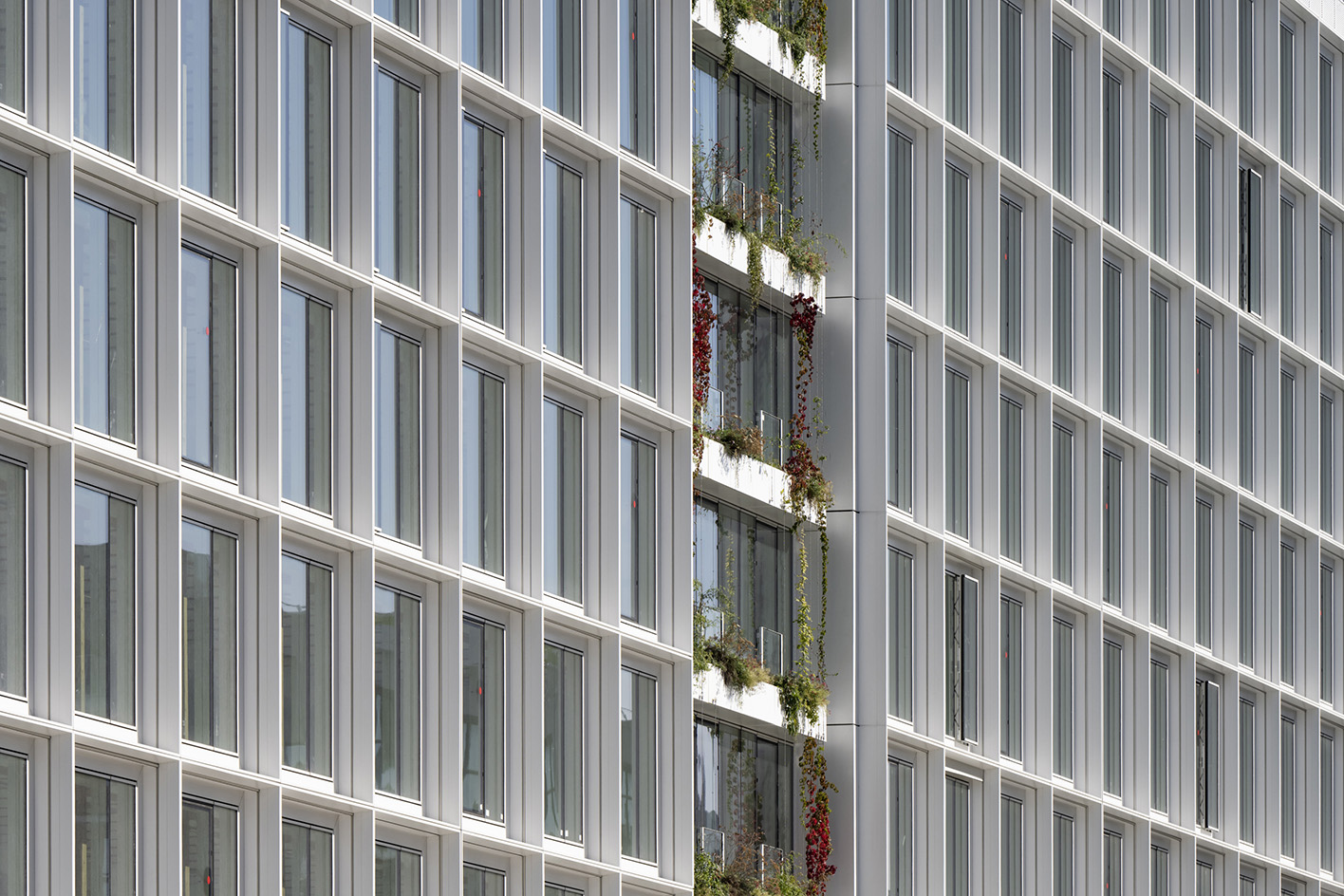
Ellie Stathaki is the Architecture & Environment Director at Wallpaper*. She trained as an architect at the Aristotle University of Thessaloniki in Greece and studied architectural history at the Bartlett in London. Now an established journalist, she has been a member of the Wallpaper* team since 2006, visiting buildings across the globe and interviewing leading architects such as Tadao Ando and Rem Koolhaas. Ellie has also taken part in judging panels, moderated events, curated shows and contributed in books, such as The Contemporary House (Thames & Hudson, 2018), Glenn Sestig Architecture Diary (2020) and House London (2022).
-
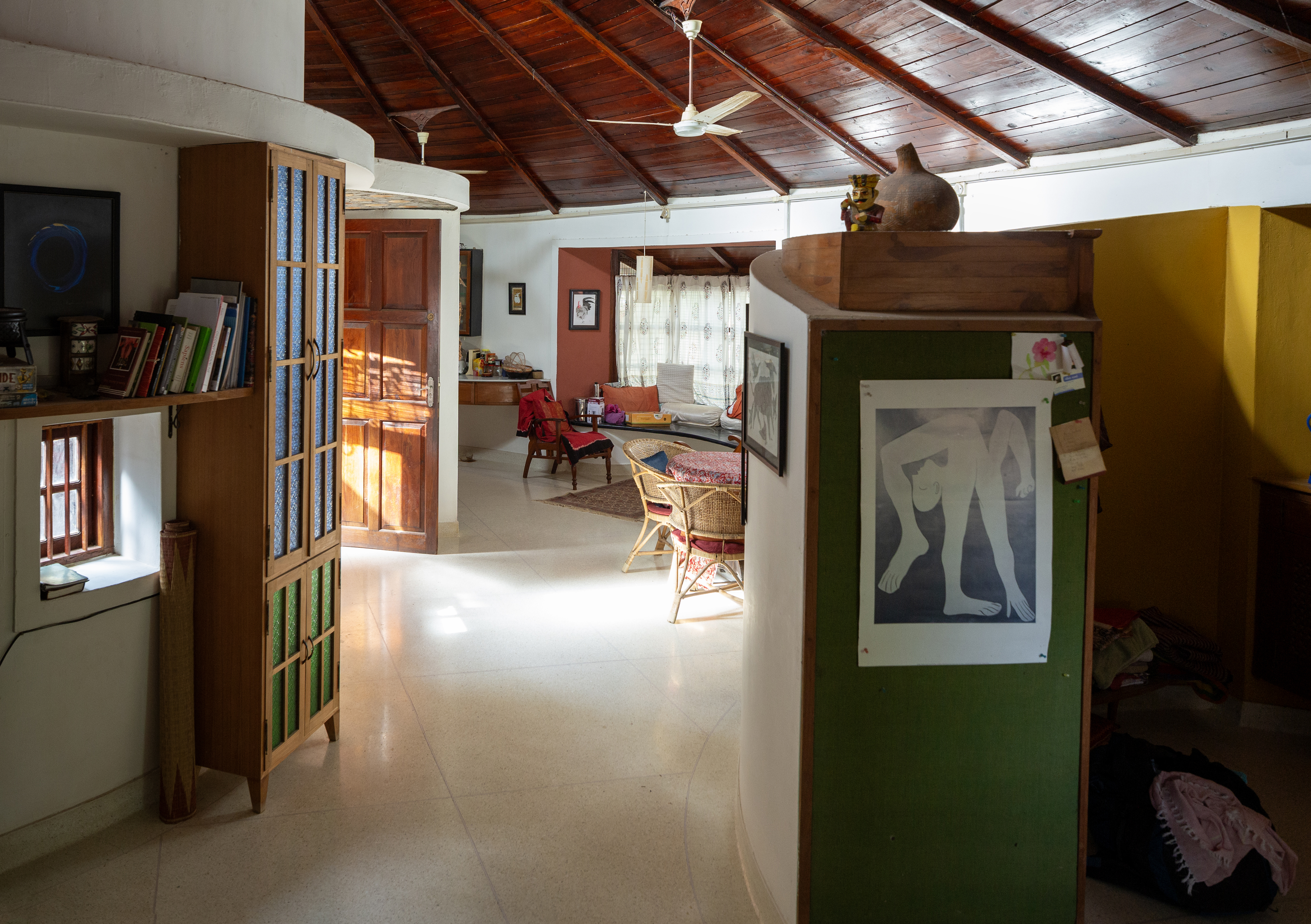 Inside a creative couple's magical, circular Indian home, 'like a fruit'
Inside a creative couple's magical, circular Indian home, 'like a fruit'We paid a visit to architect Sandeep Virmani and social activist Sushma Iyengar at their circular home in Bhuj, India; architect, writer and photographer Nipun Prabhakar tells the story
-
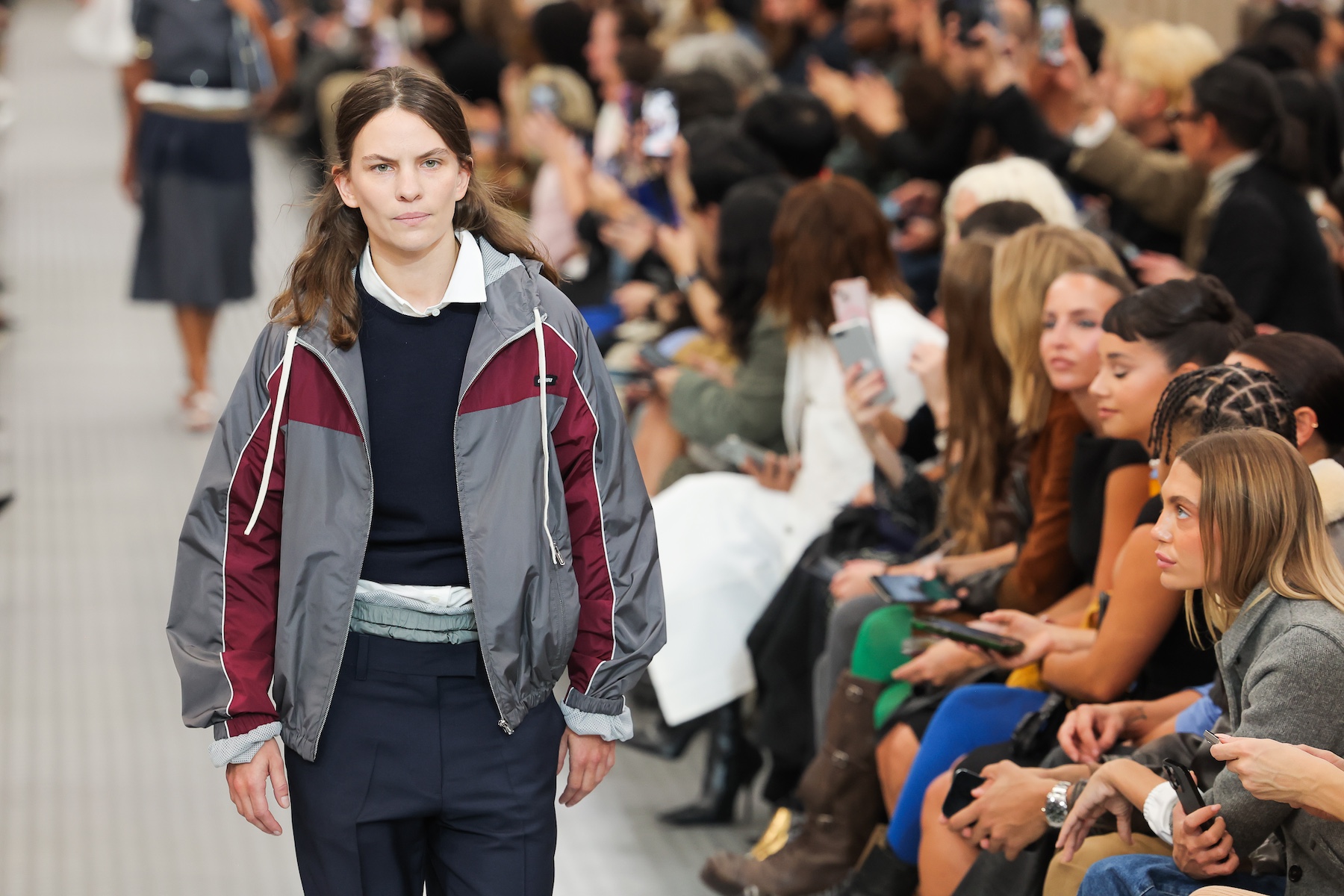 Ten of the best track jackets for channelling a 1970s-meets-1990s cool
Ten of the best track jackets for channelling a 1970s-meets-1990s coolAs a ‘Marty Supreme’ track jacket makes a bid for viral garment of 2025 – thanks to one Timothée Chalamet – the Wallpaper* style team selects ten of the best tracksuit and coach jackets for men and women, each encapsulating an easy, nostalgia-tinged elegance
-
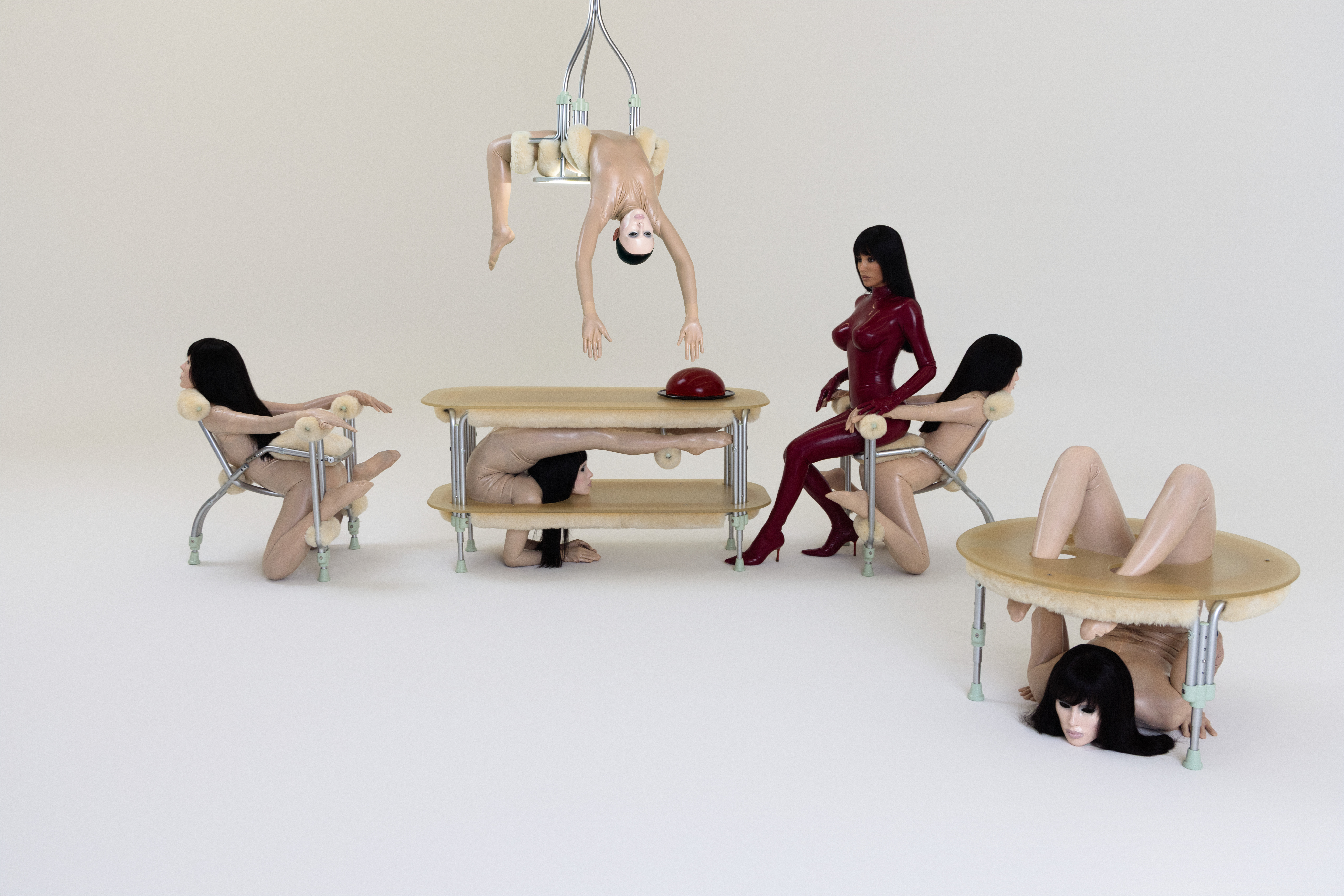 Eight questions for Bianca Censori, as she unveils her debut performance
Eight questions for Bianca Censori, as she unveils her debut performanceBianca Censori has presented her first exhibition and performance, BIO POP, in Seoul, South Korea
-
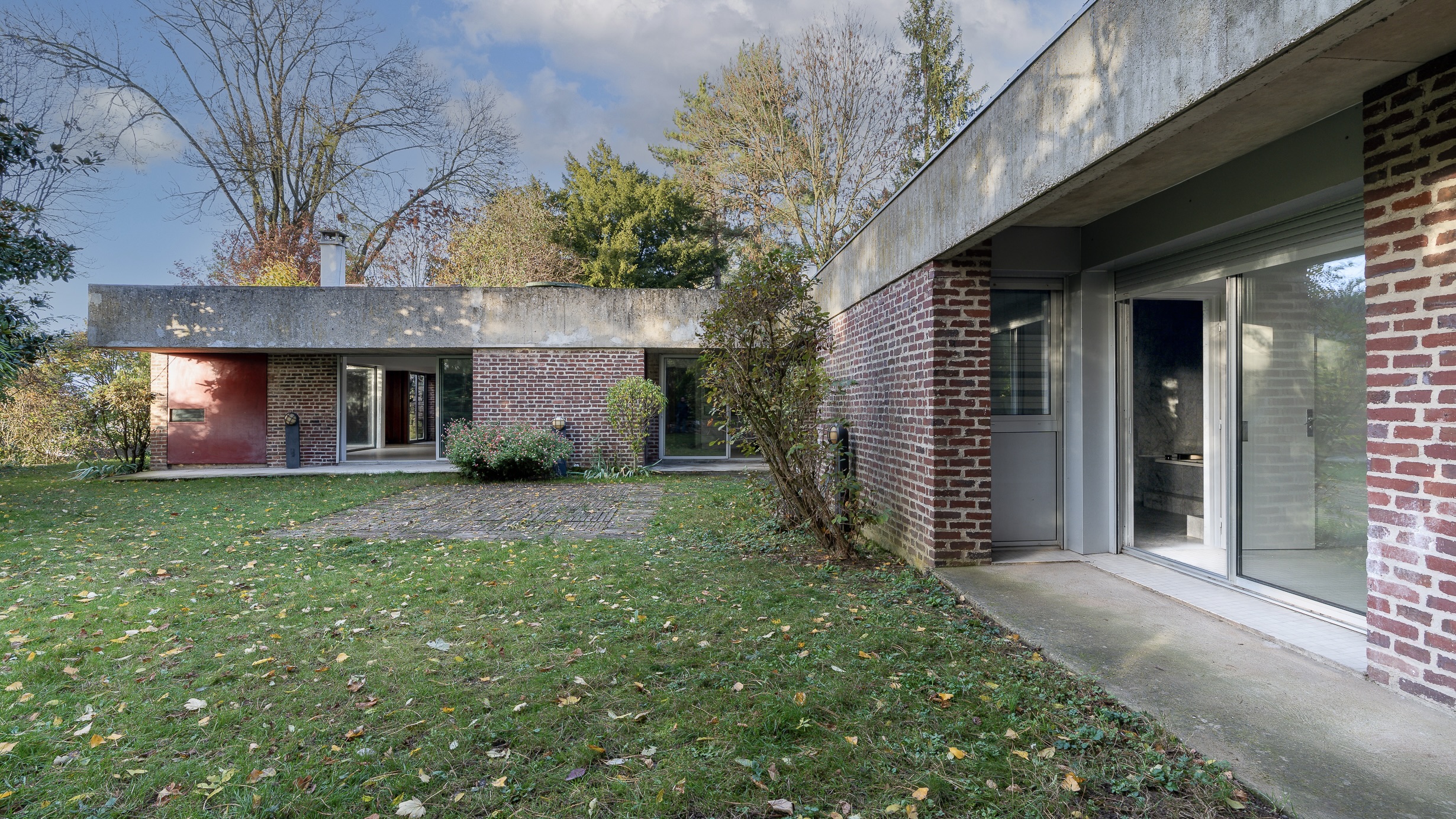 This modernist home, designed by a disciple of Le Corbusier, is on the market
This modernist home, designed by a disciple of Le Corbusier, is on the marketAndré Wogenscky was a long-time collaborator and chief assistant of Le Corbusier; he built this home, a case study for post-war modernism, in 1957
-
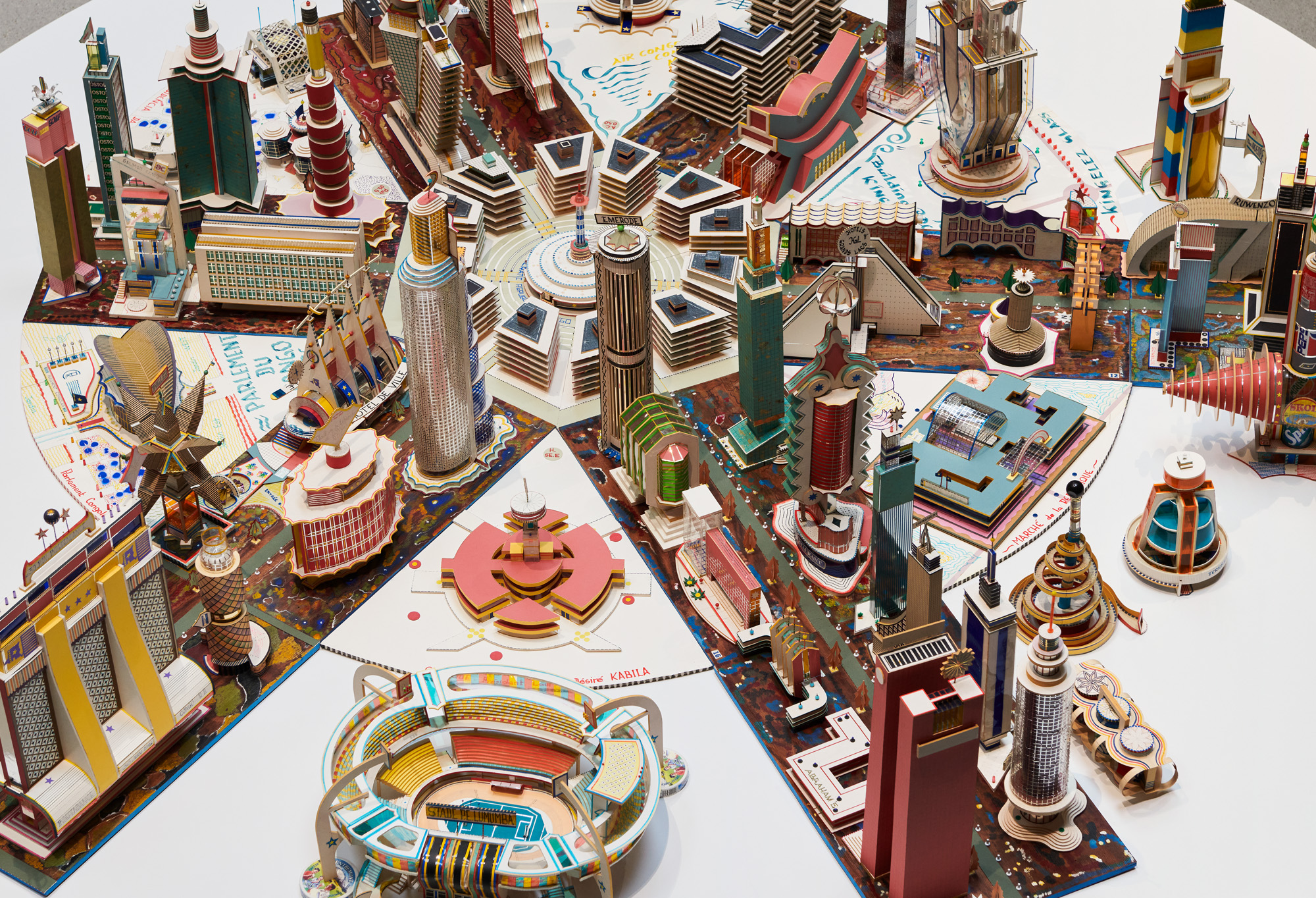 ‘You have to be courageous and experimental’: inside Fondation Cartier’s new home
‘You have to be courageous and experimental’: inside Fondation Cartier’s new homeFondation Cartier pour l'art contemporain in Paris invites us into its new home, a movable feast expertly designed by Jean Nouvel
-
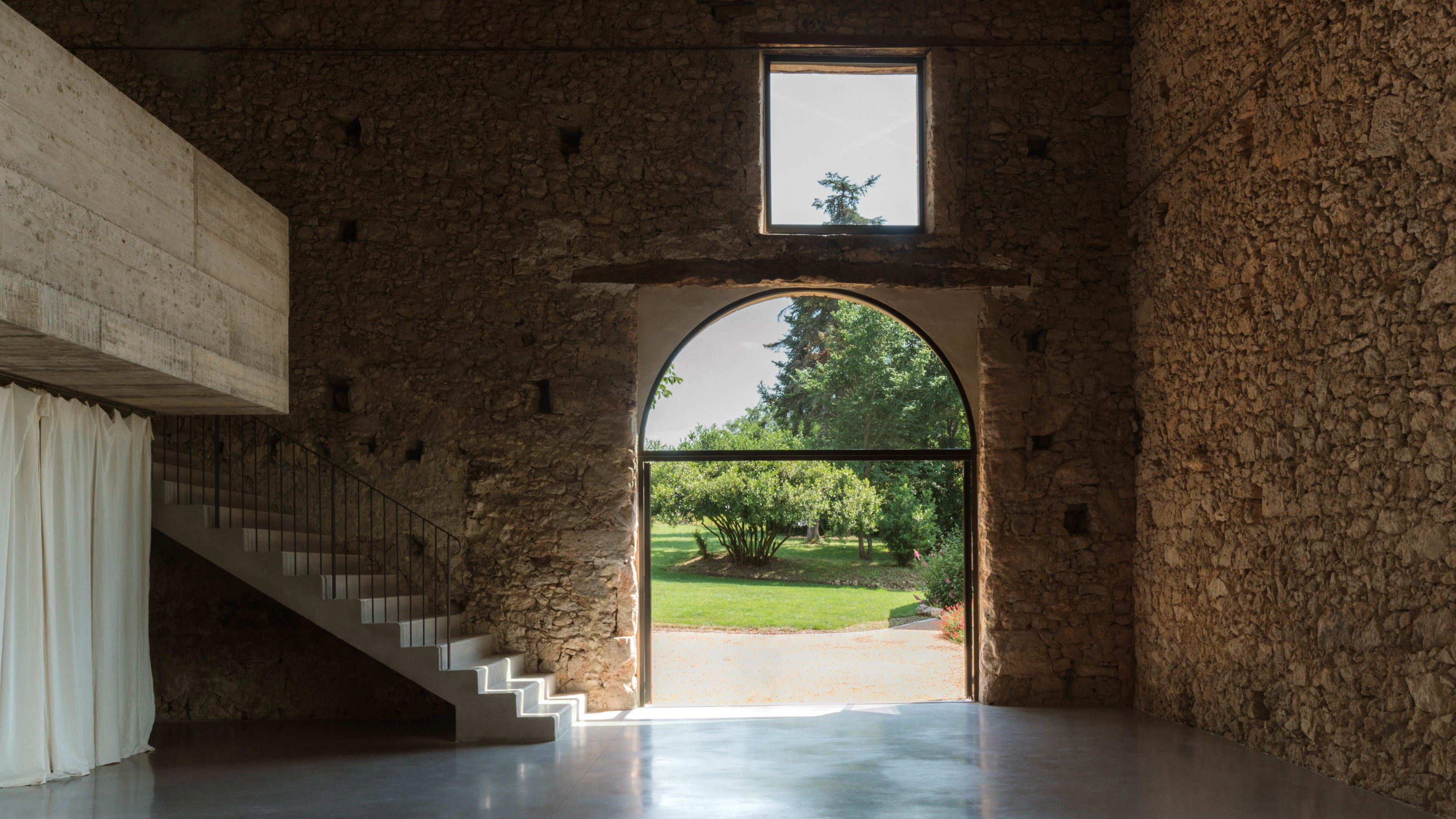 A wellness retreat in south-west France blends rural charm with contemporary concrete
A wellness retreat in south-west France blends rural charm with contemporary concreteBindloss Dawes has completed the Amassa Retreat in Gascony, restoring and upgrading an ancient barn with sensitive modern updates to create a serene yoga studio
-
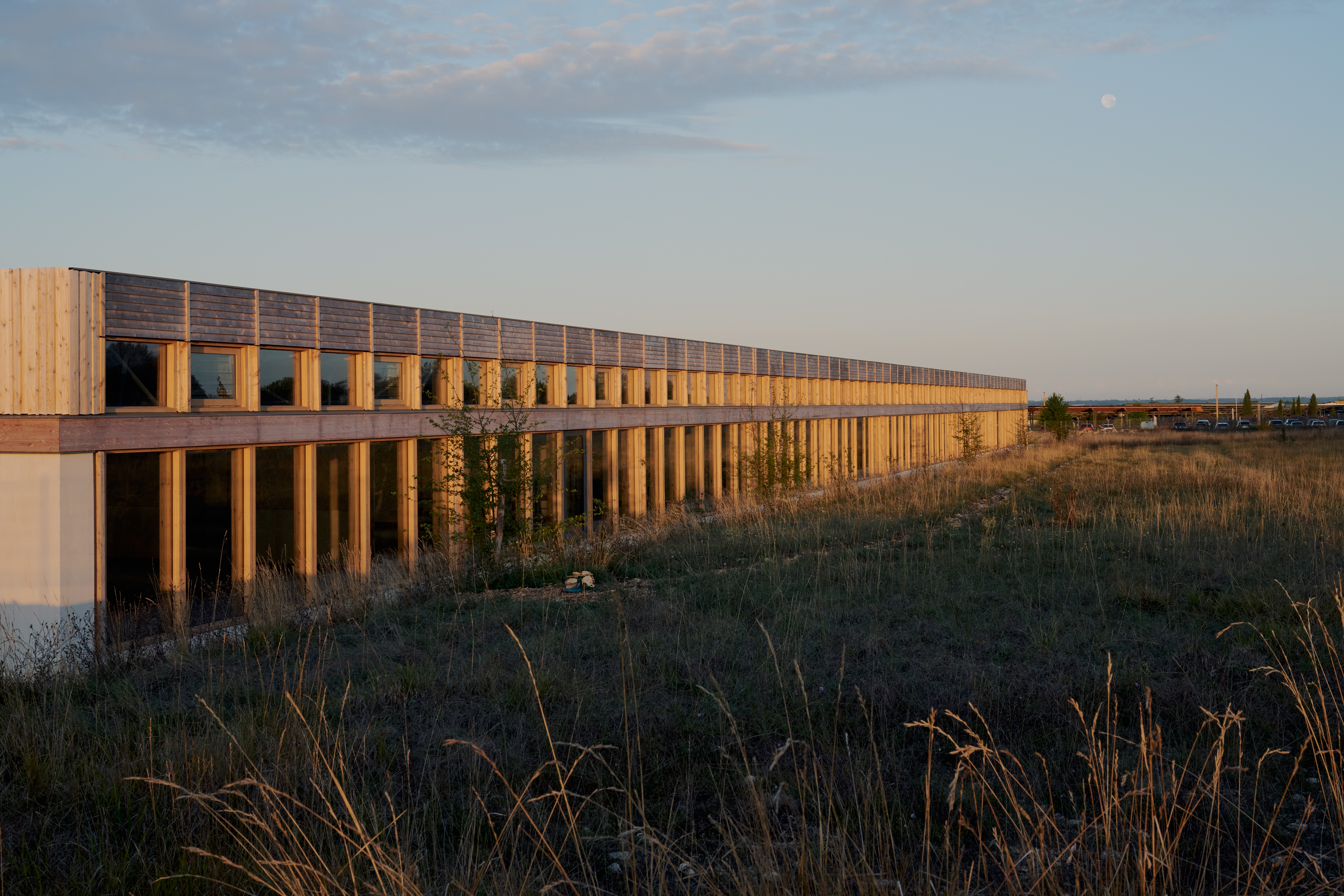 Explore the new Hermès workshop, a building designed for 'things that are not to be rushed'
Explore the new Hermès workshop, a building designed for 'things that are not to be rushed'In France, a new Hermès workshop for leather goods in the hamlet of L'Isle-d'Espagnac was conceived for taking things slow, flying the flag for the brand's craft-based approach
-
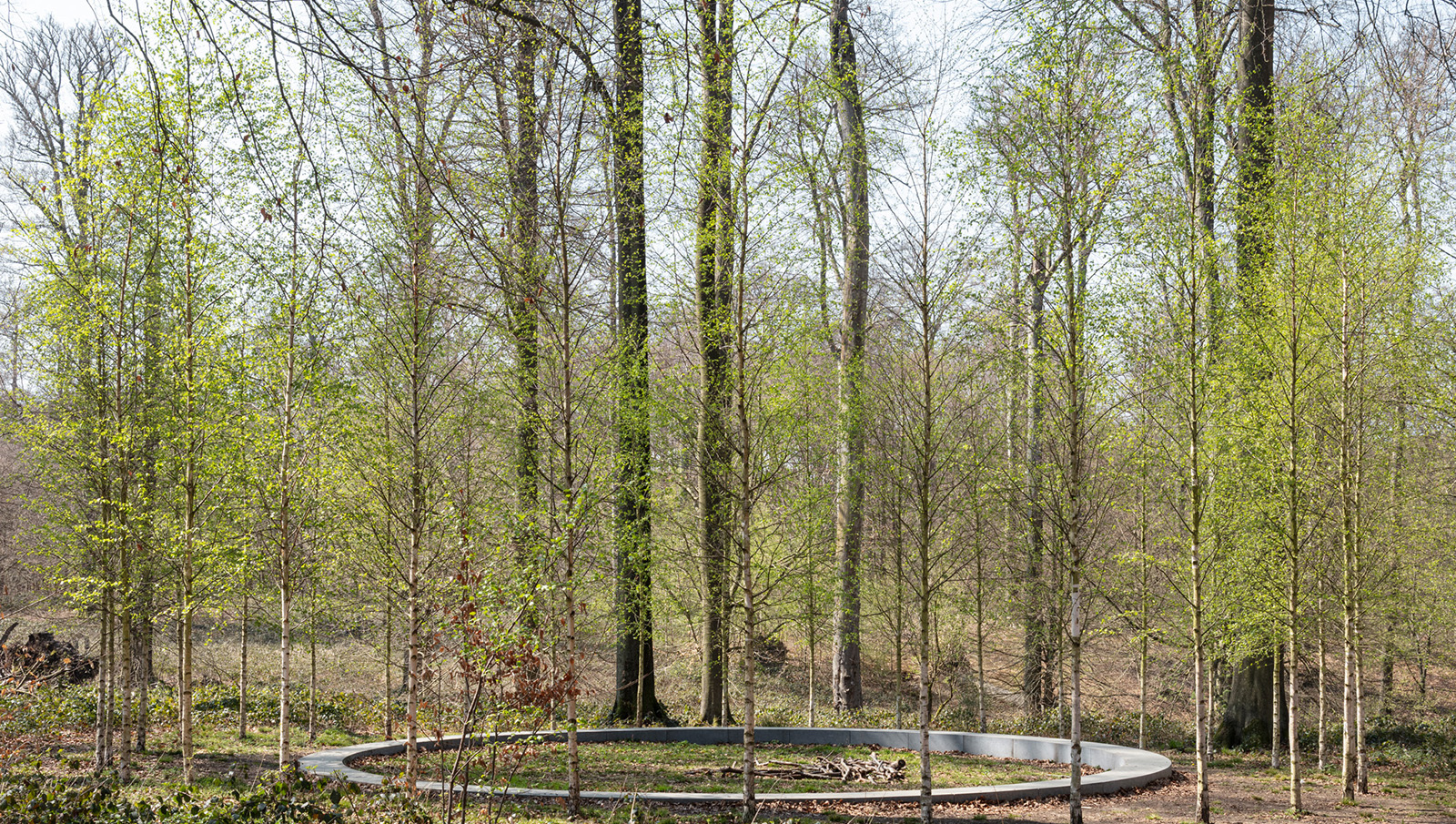 ‘Landscape architecture is the queen of science’: Emanuele Coccia in conversation with Bas Smets
‘Landscape architecture is the queen of science’: Emanuele Coccia in conversation with Bas SmetsItalian philosopher Emanuele Coccia meets Belgian landscape architect Bas Smets to discuss nature, cities and ‘biospheric thinking’
-
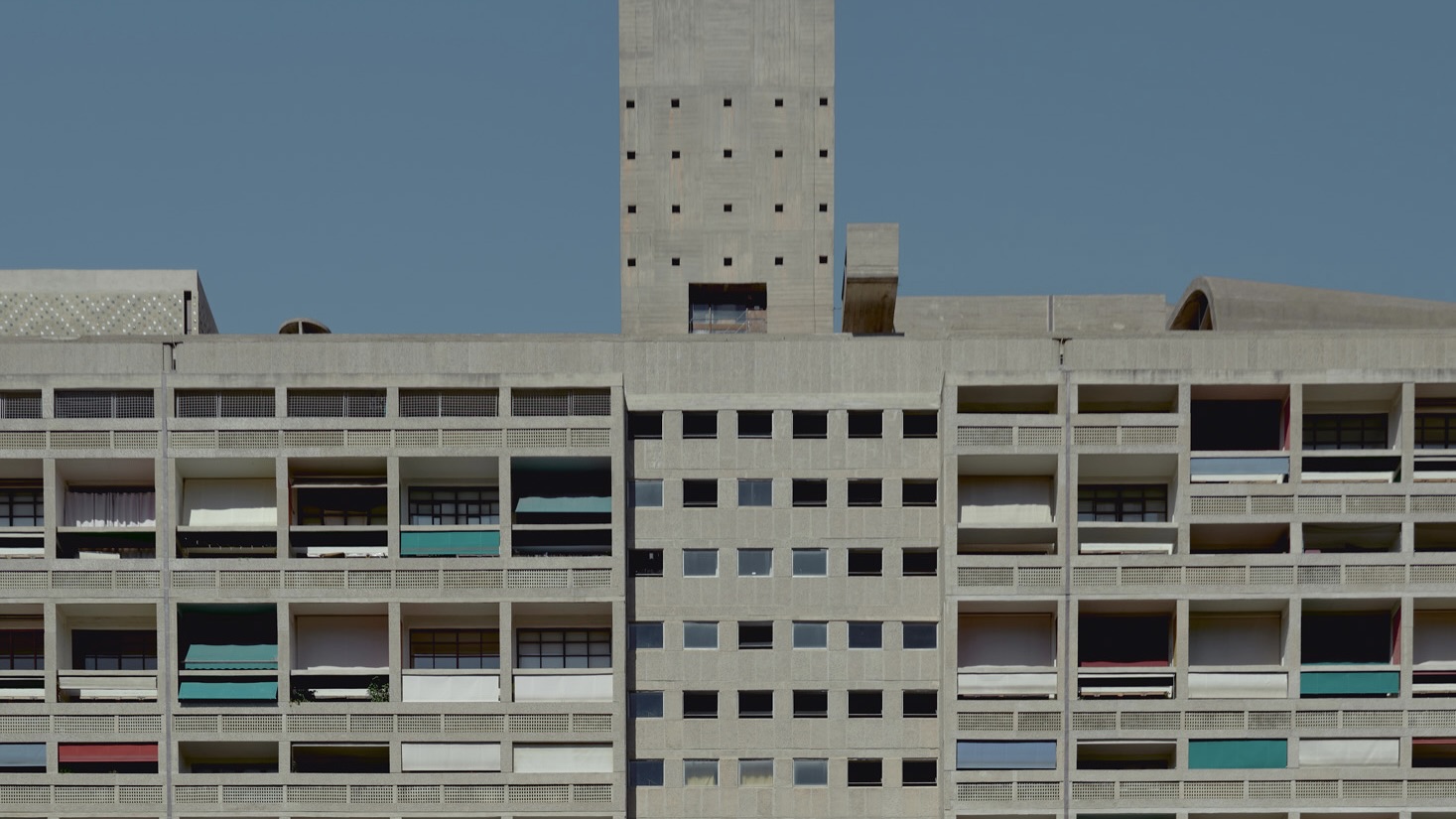 An apartment is for sale within Cité Radieuse, Le Corbusier’s iconic brutalist landmark
An apartment is for sale within Cité Radieuse, Le Corbusier’s iconic brutalist landmarkOnce a radical experiment in urban living, Cité Radieuse remains a beacon of brutalist architecture. Now, a coveted duplex within its walls has come on the market
-
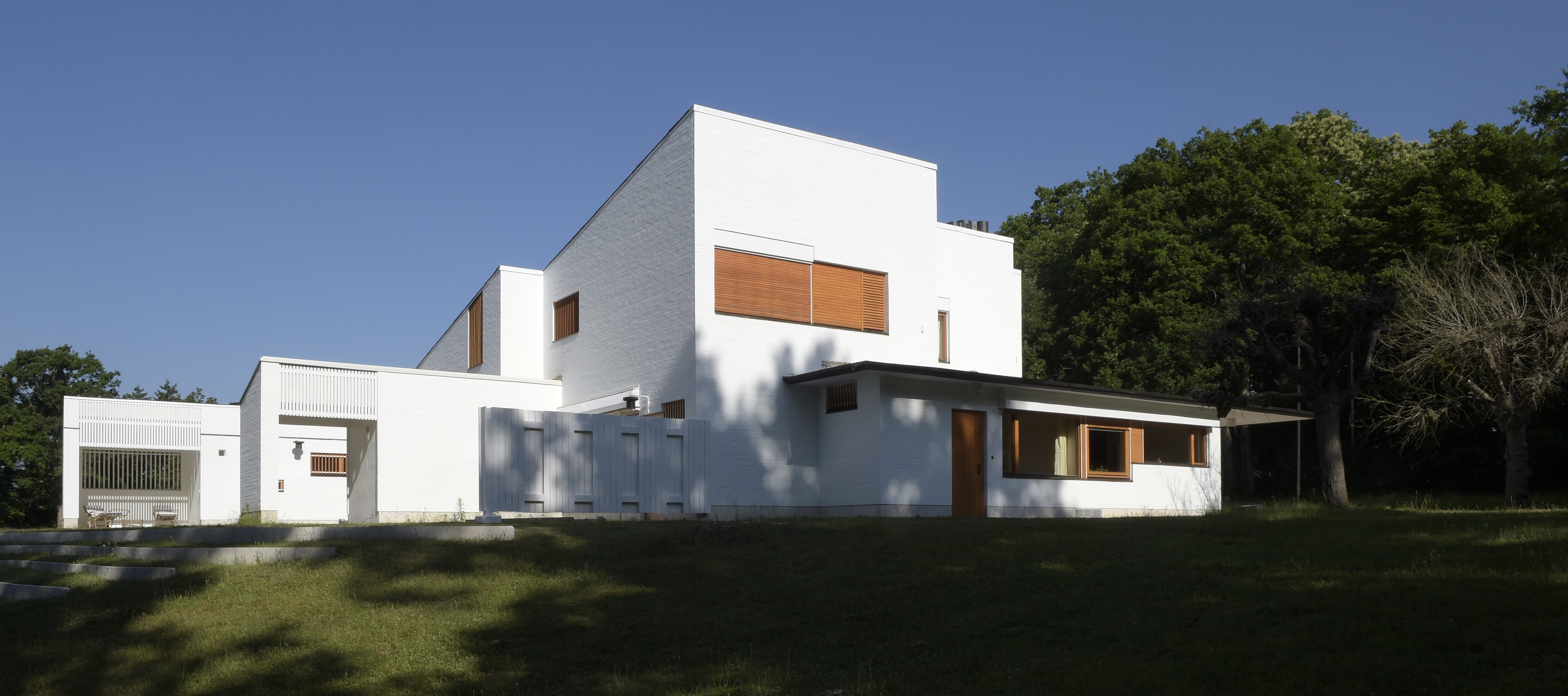 Maison Louis Carré, the only Alvar Aalto house in France, reopens after restoration
Maison Louis Carré, the only Alvar Aalto house in France, reopens after restorationDesigned by the modernist architect in the 1950s as the home of art dealer Louis Carré, the newly restored property is now open to visit again – take our tour
-
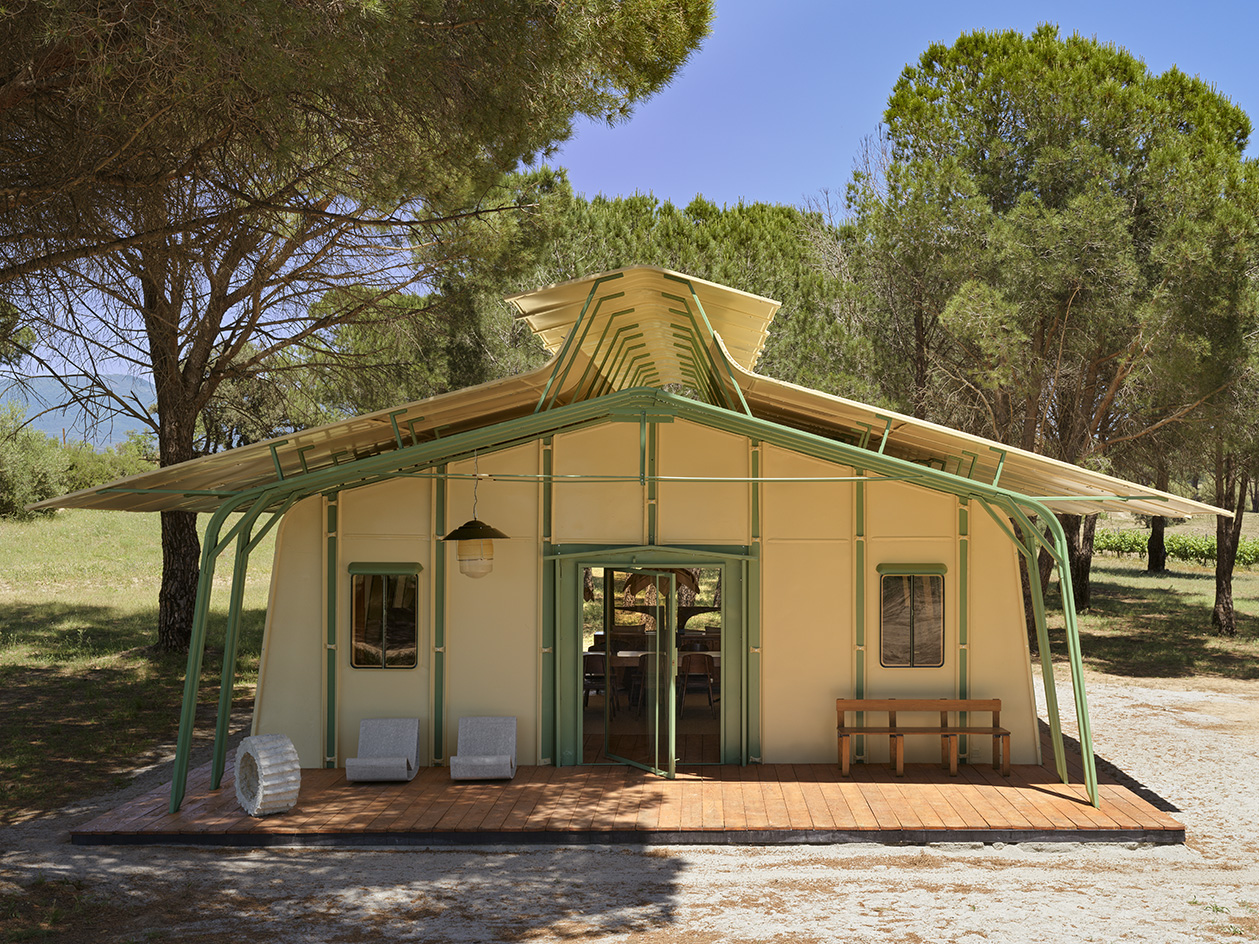 Meet Ferdinand Fillod, a forgotten pioneer of prefabricated architecture
Meet Ferdinand Fillod, a forgotten pioneer of prefabricated architectureHis clever flat-pack structures were 'a little like Ikea before its time.'